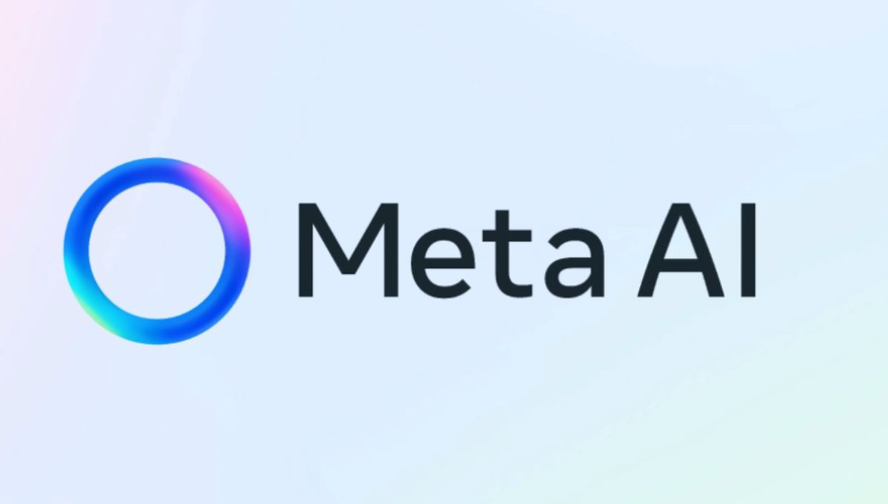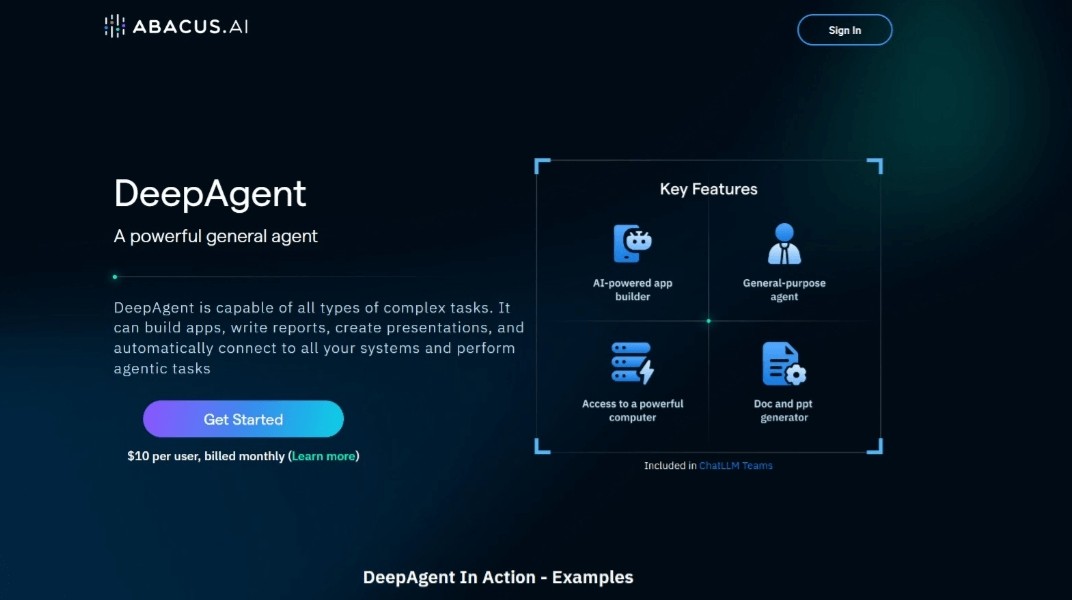EleutherAI is an open source artificial intelligence research organization dedicated to developing and releasing large-scale language models similar to OpenAI's GPT model. The organization's goals are to promote AI research, drive technological innovation, and ensure fairness and transparency in technology through open access to large language models.
Open source and transparency: EleutherAI’s core philosophy is to enable the broader community to access, study, and optimize large language models through open source. This is in sharp contrast to closed business models (such as OpenAI's GPT-3), EleutherAI's goal is to make these technologies equally accessible to more people and improve them.
Efficient training and optimization: EleutherAI's team invests a lot of resources in the training of large models and continuously optimizes the training process to ensure the efficiency and high performance of the model. Although these models are relatively small in size (e.g. 2.7B parameters of the GPT-Neo series), they perform well on multiple NLP tasks.
Democratic AI technology: EleutherAI is committed to making AI technology no longer monopolized by a few companies, but through open source agreements, allowing researchers and developers around the world to participate in the development process of AI.
GPT-Neo: GPT-Neo is the first important series launched by EleutherAI, including multiple models of different sizes:
GPT-Neo 1.3B: With 1.3 billion parameters, it is suitable for more basic text generation and understanding tasks.
GPT-Neo 2.7B: With 2.7 billion parameters, it shows stronger generation and reasoning capabilities than 1.3B.
GPT-J: GPT-J is a 6 billion (6B) parameter model that provides similar generative capabilities to GPT-3. GPT-J performs well in many fields such as text generation, dialogue systems, and text summarization. The release of this model is considered an important breakthrough for EleutherAI because of its optimization in performance and efficiency.
GPT-NeoX: GPT-NeoX is a further extension of EleutherAI, with more parameters and stronger capabilities. This series of models can be extended to 20B or higher and is suitable for more complex NLP tasks.
Other projects and cooperation: In addition to the core GPT series models, EleutherAI has also participated in a number of research and development projects, promoting the innovation and application of natural language processing models.
Text generation: EleutherAI's model can be used for various forms of text generation tasks such as creating articles, generating code, writing novels, etc.
Dialogue system: used to develop chatbots and virtual assistants, enabling natural and smooth dialogue interactions.
Translation and summarization: Models are also used for tasks such as multi-language translation and text summarization.
Automated content creation: Powerful text creation support for content creators, educators, and marketers.
To use EleutherAI's open source language model (such as GPT-Neo, GPT-J, GPT-NeoX), you can choose to call it in a variety of ways, including through the interface provided by Hugging Face, directly loading the model for local inference, or on the cloud platform run these models on. The following are some basic tutorials on how to use the EleutherAI model.
1. Use models through Hugging Face
Hugging Face is an open source platform that provides interfaces for a variety of NLP models. EleutherAI's models are also hosted on Hugging Face, which is very convenient to use.
1.1 Install Hugging Face’s Transformers library
First, you need to install the Transformers library so you can load and use models through simple code.
pip install transformers pip install torch # Or other deep learning framework you use
1.2 Load GPT-Neo or GPT-J model
The code below shows how to use Hugging Face to load and generate text using GPT-Neo or GPT-J .
from transformers import AutoModelForCausalLM, AutoTokenizer # Load GPT-Neo 2.7B model and Tokenizer model_name = "EleutherAI/gpt-neo-2.7B" model = AutoModelForCausalLM.from_pretrained(model_name) tokenizer = AutoTokenizer.from_pretrained(model_name) #Input text input_text = "Once upon a time, in a land far away" # Encode input text inputs = tokenizer(input_text, return_tensors="pt") # Generate outputs outputs = model.generate(inputs["input_ids"], max_length=100, num_return_sequences=1) #Decode the output text generated_text = tokenizer.decode(outputs[0], skip_special_tokens=True) print(generated_text)
This code loads the GPT-Neo 2.7B model and generates text related to the input text.
1.3 Model tuning
max_length : Specifies the maximum length of generated text.
num_return_sequences : Controls how many generated sequences are returned.
Parameters such as temperature , top_k , top_p can adjust the diversity and quality of generation.
2. Use GPT-Neo or GPT-J locally
If you want to run these models (such as GPT-Neo 1.3B, GPT-J 6B) on your local machine, you need strong hardware support (such as higher GPU performance). Below is a simple tutorial showing how to load and run a model locally via PyTorch or TensorFlow.
2.1 Install dependencies
You need to install PyTorch and Transformers:
pip install transformers torch
2.2 Load the model for inference
This code shows how to load GPT-Neo or GPT-J and generate text.
from transformers import GPTJForCausalLM, GPT2Tokenizer # Load GPT-J 6B model and Tokenizer model_name = "EleutherAI/gpt-j-6B" model = GPTJForCausalLM.from_pretrained(model_name) tokenizer = GPT2Tokenizer.from_pretrained(model_name) #Input text input_text = "In a distant future, humanity has conquered the stars." # Encode input text inputs = tokenizer(input_text, return_tensors="pt") # Generate text outputs = model.generate(inputs["input_ids"], max_length=200, num_return_sequences=1) # Decode the generated text generated_text = tokenizer.decode(outputs[0], skip_special_tokens=True) print(generated_text)
3. Use the model on the cloud platform through Docker
If you don't want to perform large-scale model inference locally, you can choose to use Docker containers to run these models on cloud platforms (such as Google Cloud, AWS, or Azure). EleutherAI has provided Docker support to facilitate rapid deployment on the cloud platform.
3.1 Install Docker
First, you need to install Docker (if you haven't already). You can refer to the installation guide on the Docker official website .
3.2Run Docker container
EleutherAI provides Docker container images that can be used to start a service containing GPT-Neo or GPT-J models. The following is a basic command to start a Docker container.
docker pull eleutherai/gpt-neo:latest docker run -d -p 5000:5000 eleutherai/gpt-neo
You can then interact with the model through HTTP requests (such as using Postman or CURL).
curl -X POST "http://localhost:5000/generate" -H "Content-Type: application/json" -d '{"text": "Once upon a time", "max_length": 100}'4. Use Gradio to create an interactive interface
Gradio is a tool for quickly creating web applications that is compatible with the Hugging Face Transformers library to help you quickly deploy models. With Gradio, you can create a simple interactive interface for GPT-Neo or GPT-J models, allowing users to input and generate text through web pages.
4.1 Install Gradio
First install Gradio:
pip install gradient
4.2 Create a simple application
The following is a simple Gradio interface example:
importgradioasgr from transformers import AutoModelForCausalLM, AutoTokenizer # Load model and Tokenizer model_name = "EleutherAI/gpt-neo-2.7B" model = AutoModelForCausalLM.from_pretrained(model_name) tokenizer = AutoTokenizer.from_pretrained(model_name) # Define the function that generates text def generate_text(input_text): inputs = tokenizer(input_text, return_tensors="pt") outputs = model.generate(inputs["input_ids"], max_length=100, num_return_sequences=1) return tokenizer.decode(outputs[0], skip_special_tokens=True) # Create Gradio interface iface = gr.Interface(fn=generate_text, inputs="text", outputs="text") # Launch interface iface.launch()
After running this code, Gradio launches a web page where the user can enter text and get the text generated by the model.
Through these steps, you can easily use EleutherAI 's GPT-Neo, GPT-J and other open source language models. Whether through Hugging Face, Docker or Gradio, the tools provided by EleutherAI can help you quickly apply these powerful language models on different platforms.



